Sexuality in mythology has different interpretations in different cultures. Love and lust are there in all cultures. While Indian and Greek mythology look at sexuality in a different way Christian and Islamic history have a different take. We asked writer and expert interpreter of mythologies, Devdutt Pattanaik our questions and he answered them.
Here is Devdutt Pattanaik’s interview on sexuality in mythology
Table of Contents
How different or similar is the treatment of sexuality in mythology in different cultures and continents?
Sex is a sin in Christian mythology. In Islamic mythology, paradise (Jannat) holds the promise of noor and hoor, beautiful nymph-like erotic creatures. Both are uncomfortable with homosexuality. Sodom and Gomorrah were destroyed by Jehovah, God of Abraham, because of sexual misconduct.
People assume this sexual misconduct is homosexuality, but when you read the original translation there is no such thing: it simply means taking liberties with strangers who have sought shelter, thus breaking the code of hospitality. If we delve into a brief history of sex and sexuality in mythology we will see sometimes the interpretations are wrong.
Both don’t seem to be perturbed by incestuous stories of Lot (Lut in Islamic mythology).
In Greek mythology, we find Zeus forcing various nymphs to have sex with him. Yet, many goddesses like Athena and Artemis, known for skill and wisdom, choose to be virgins.
What parallels would you draw between the women of Indian and Greek mythology?
These are very different mythologies. Both refer to many gods but Greek mythology believes in one life and gods fear humans while Hindu mythology believes in many lives and gods do not fear humans. Alcemene is tricked by Zeus to have sex with him when he takes the form of her husband, as Indra does to have sex with Ahalya, but in Alcemene’s case, she is unaware of the deception and becomes the mother of Hercules, while Ahalya is punished for this ‘transgression’ and turned into stone. Helen elopes with Paris. Sita is kidnapped by Ravana. In both cases, husbands go to war with abductors. So superficial similarities exist but there is a great difference.
Comment on the relationship/equation between Krishna, Arjuna and Panchali.
We wonder why Krishna did not participate in Draupadi’s swayamvara. We want them to be brother and sister, to explain this. Maybe because she rejected Karna (a charioteer) and by doing so disqualified a cowherd (Krishna) and ended up with five brahmins who turned out to be five warriors. Maybe she realised her mistake later in life. We can only speculate. She rejected Karna, and Karna hurt her. Krishna rejected Draupadi, but protected her.
Draupadi chose Arjuna, but he failed to protect her.
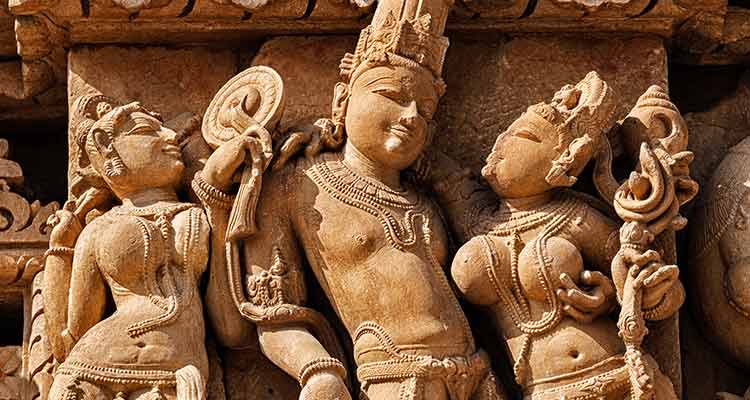
What are your thoughts on men and women in our mythology and history managing polygamy? How did they divide their affection between their various partners?
In nature, animals have of all types of sexual relationships: swans are monogamous, monkeys are polygamous, many insects eat their lovers, sea-horses and penguin males take care of the baby, birds build nests together, and lions have harems and leave child rearing to women. Over a 1000 species of animals display same sex behaviour. Humans pick and choose what they want. Different cultures value different sexual behaviours, tying it up to property and inheritance through the idea of marriage. Love waxes and wanes, sexual desire waxes and wanes, partnership waxes and wanes: we struggle to align all three.
Related reading: Godfire: Lessons learnt from the love of Shiva and Sati
Pick your favourites in mythology
a. A couple who in your opinion embody the perfect relationship in most aspects/are made for each other in the true sense. (The holy grail of 36 gunas/traits matching.)
i) Sita and Ram – Sita understands that Ram is trapped in the world of rules (maryada) and doesn’t try to change him.
ii) Penelope and Odysseus – Penelope patiently waits 20 years for her husband Odysseus to return from the Trojan war and Odysseus fights all obstacles and temptations to be with her.
b. A woman who is strong, independent and a true superwoman
Damayanti of Nala-Damayanti – Nala breaks down in misfortune, loses faith in himself, but Damayanti stands by him, supports him even when he abandons her in shame.
Comment on the gender roles and dynamics in our ancient texts
In Hindu mythology, I find women rather independent. Apsaras just drop their babies on forest floors and go to heaven. Wives walk out on husbands who mistreat them, so Lakshmi walks out of Vaikuntha, Shakti leaves Kailasa and goes to Deodar vana, both wait for their husbands to cajole them into returning. Then there are the chaste wives who pine for husbands and reject advances of other men. All varieties exist.

Relationships change/inhibit/allow a person to blossom. They could make or break you…
a. Lakshmana and Urmila before his journey to the forest.
Urmila: ‘In your loneliness, do not forget that I am lonely too.’
Lakshman: ‘I wander in the forest and think of you. You stay in the palace and wander in your thoughts with me.’
b. Menaka’s and Vishwamitra’s blow hot and cold relationship
Menaka: ‘Control is overrated. Don’t withhold.’
Vishwamitra: ‘I conquered kingdoms. I will conquer you too.’
Menaka: ‘If I surrender, you lose.’
c. Rama and Sita’s years in the forest and after
Ram: ‘The forest creatures mated before your eyes. Ravana tried to seduce you. How did you resist?’
Sita: ‘I thought of how beautiful you are. And so waited patiently for the best that was already mine.’

In your book Shiva to Shankara you discussed Lord Shiva the outsider god, reluctant in marriage yet represented by a phallic symbol, ironically by a nation uncomfortable with sex…
In Christianity, God is approached through an instrument of torture, the crucifix. Salvation is sought by venerating a dead body of God’s son. Symbols do not follow a simple logic and must not be taken literally. Yet we do because our mind resists metaphor and we find comfort in the literal.
The Shiva-linga uses sexual metaphors to explain the seduction of a God who does not want to engage with the world, explained narratively as not wanting to marry or have sex.
This challenges the Buddhist monastic idea which worshipped ‘phallic’ stupas containing relics of the dead teacher.
In your own words, Kama goes around the world shooting arrows of desire really irresponsibly. What really makes one fall in love? Are humans essentially monogamous?
We need to differentiate between desire for the body that leads to great sex, intellectual compatibility that leads to great conversation and emotional comfort that leads to a sense of security. We can find the same in three different people, or in one. When it comes in one, we call it love. Kama focuses on the first (desire), over which we have no control. It just happens. You cannot force yourself to desire.
Love is when we feel pleasure in satisfying the needs and demands of the other, making the other feel safe, and don’t feel exploited while doing so.
So love is not just an unconscious process like desire; it is also an intellectual conscious process of caring.
I would rather be alone than deal with someone who will hurt me
Monogamy was meant for the housewife, not the apsara – Devdutt Pattanaik
Your contribution does not constitute a charitable donation. It will allow Bonobology to continue bringing you new and up-to-date information in our pursuit of helping anyone in the world to learn how to do anything.

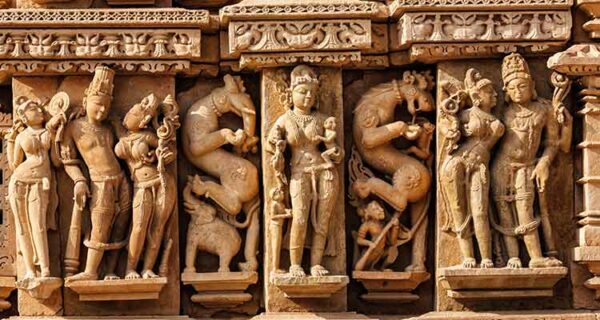


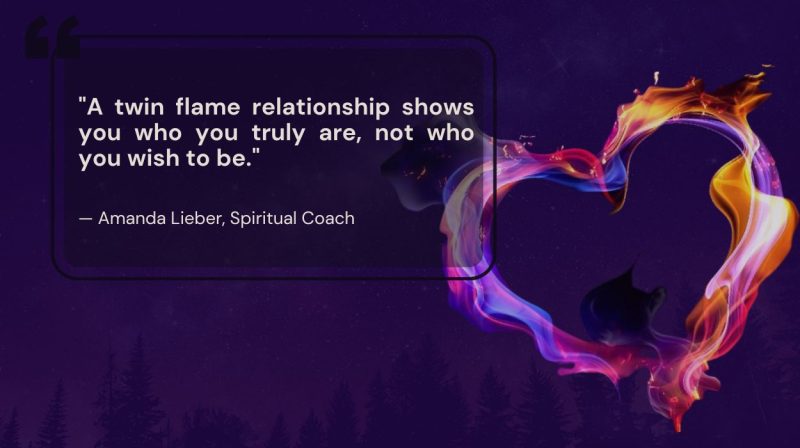

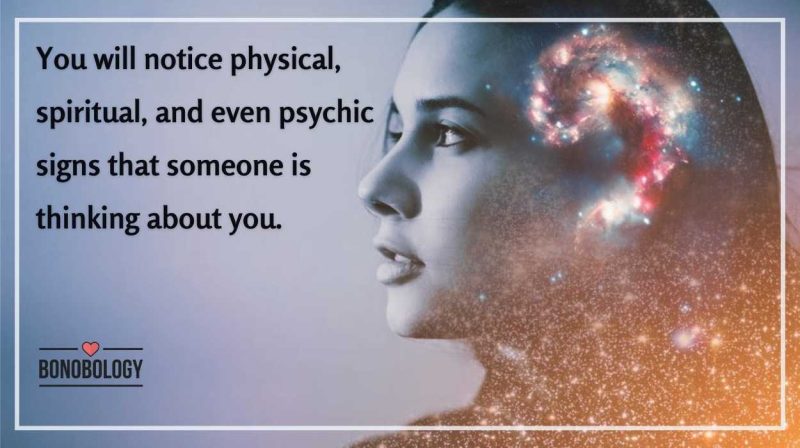
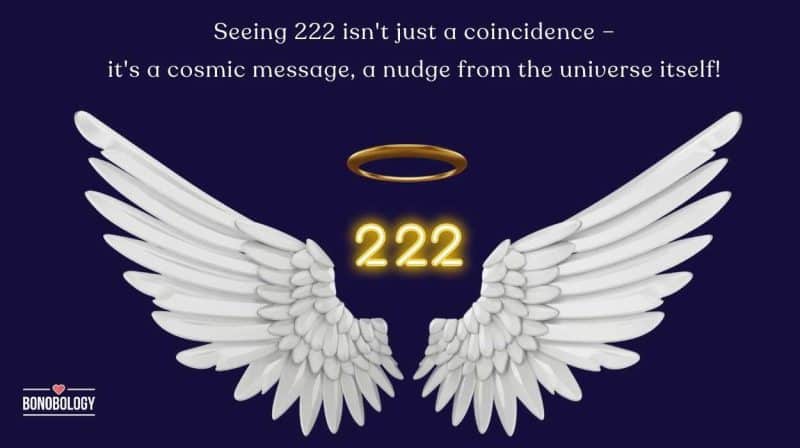
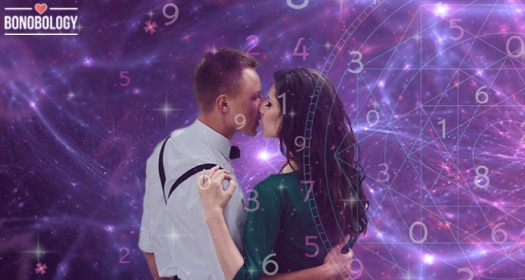
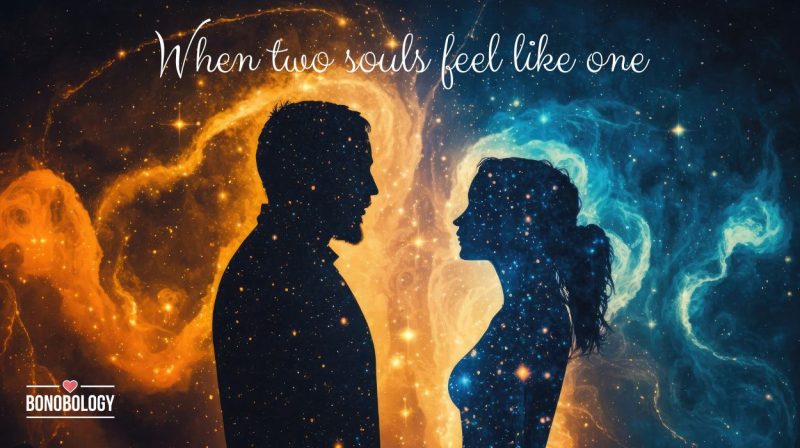

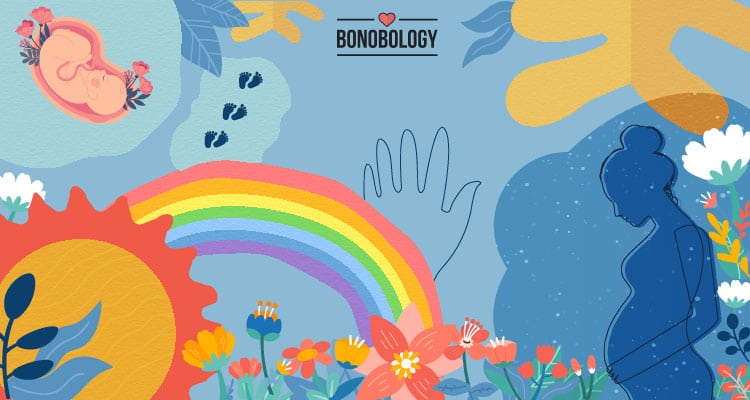



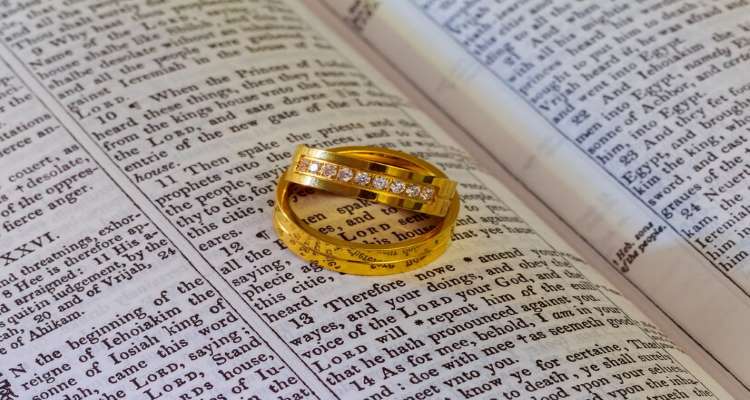

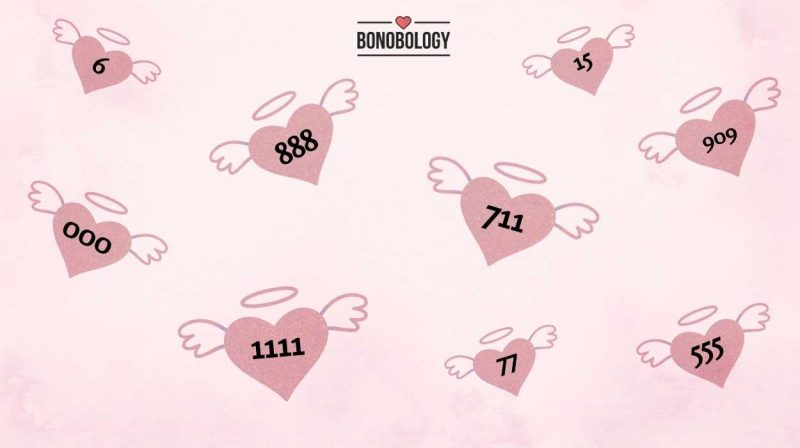


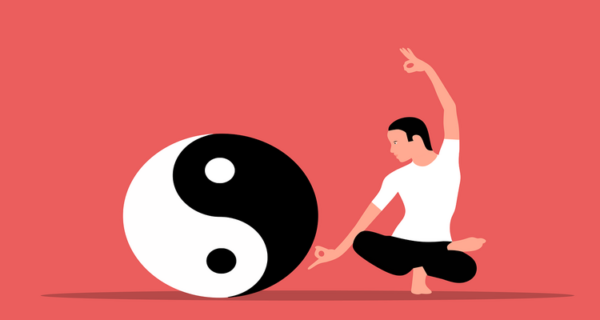
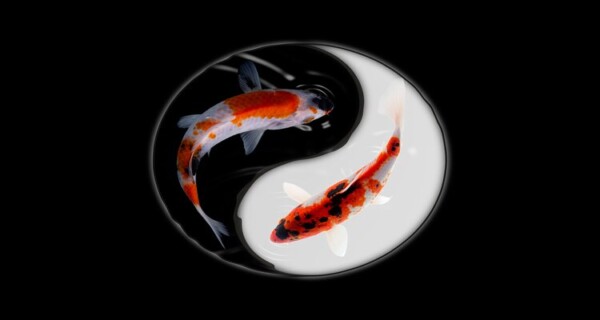

Enlightening!! Indeed.